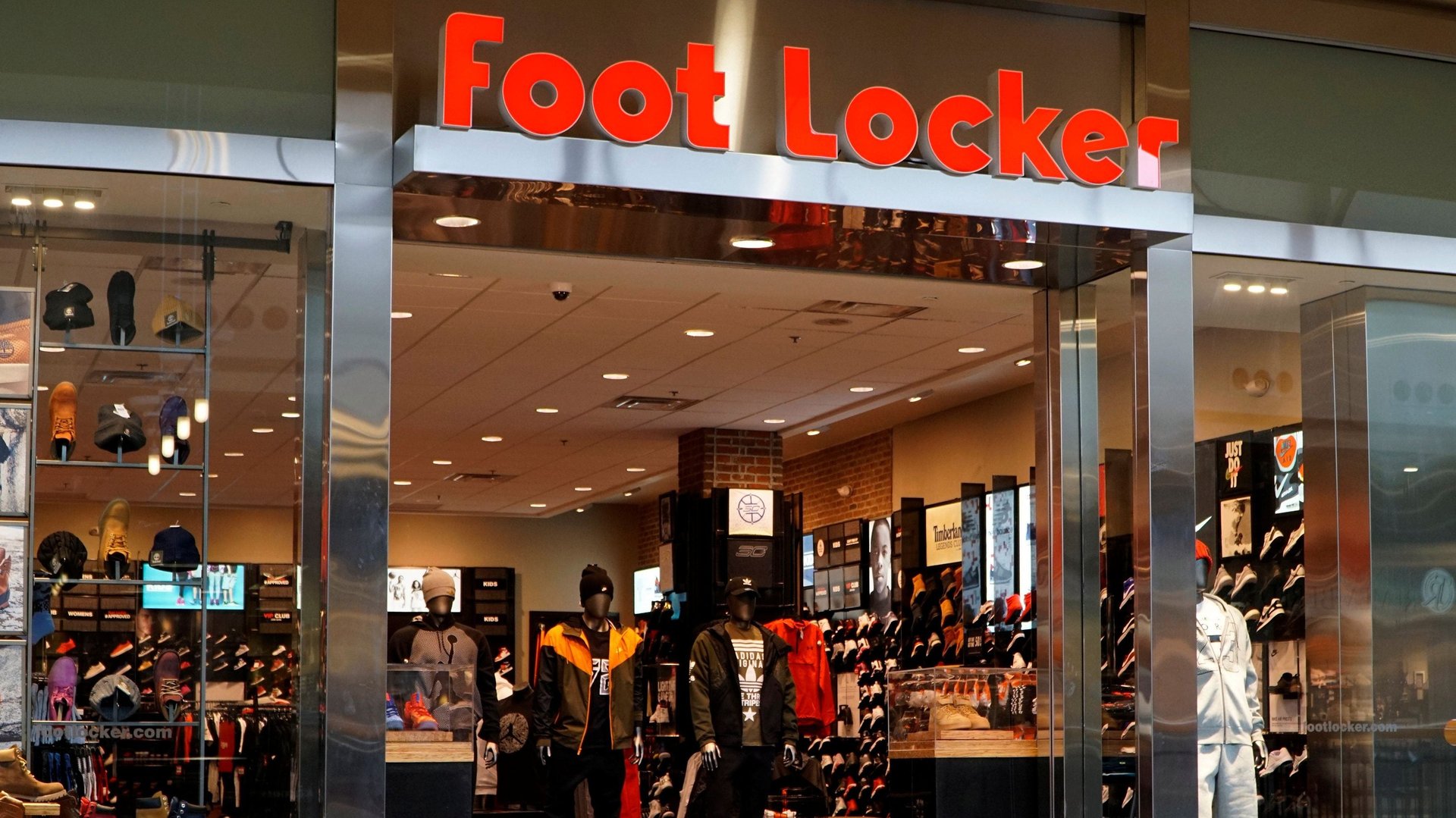Foot Locker’s CEO says “retail apocalypse” headlines are missing the point
Foot Locker announced in March that it would close more than 100 US stores this year, and stories attributing the news to a “retail apocalypse” quickly followed. The company’s CEO, Dick Johnson, has some thoughts on those headlines: They totally missed the point.


Foot Locker announced in March that it would close more than 100 US stores this year, and stories attributing the news to a “retail apocalypse” quickly followed. The company’s CEO, Dick Johnson, has some thoughts on those headlines: They totally missed the point.
The closures weren’t unusual. Foot Locker has shuttered about 1,000 stores in the past decade, Johnson said at a May 3 summit held by the Footwear Distributors and Retailers of America (FDRA). More important, according to Johnson, are the new stores Foot Locker is opening. Yes, there will be fewer of them, but they’ll offer better experiences for shoppers.
It’s a shift happening across much of the retail industry. The record pace of retail closures stems from an overabundance of retail space in the US, combined with shifts in how people shop, most notably the rise of e-commerce. Consumers still like to visit stores, but these changes are forcing companies to ask what they can do to make store visits truly essential. More than ever, a physical space has to offer a unique experience.
Brands are solving this issue in a variety of ways, especially labels selling a lifestyle on top of products. Nike has put basketball courts in some stores, for instance, while Kith has ice cream stands.
At the summit, Johnson outlined Foot Locker’s approach. One thing they’re doing is tailoring stores to specific markets by working with local artists and influencers. They’re also considering services you can’t get online, whether that means putting a barber shop in the back, or having a sneaker cleaner come in once a week so folks can get their shoes freshened up.
“The real headline wasn’t that we’re closing 100 doors,” Johnson insisted. “It’s that we’re opening 40 and they’re going to be really special places for our consumer to come and engage with our brand.”
Though Foot Locker’s global store count among all its brands, including Champs Sports, Footaction, and others, declined from 3,785 in 2008 to 3,310 as of February 3, company sales have grown, and the remaining stores perform better. “[Foot Locker’s] sales per square foot, their gross margin per square foot, and everything else has improved as they’ve closed stores,” Sam Poser, an analyst at Susquehanna Financial Group, told Footwear News in March.
It’s true that many brands are closing stores because they’re struggling. But having fewer, better stores can also be a sign of a business planning for the future. To that point, Johnson also emphasized Foot Locker’s preparation for an increasingly digital world. One of the company’s biggest investments, he said, is in ways to analyze and use data.